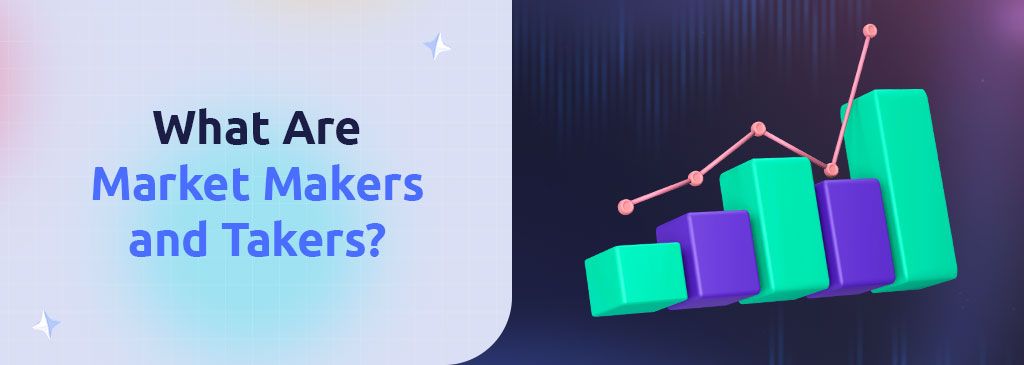
Makers and takers create the market. When you place an order to buy or sell at limit price (i.e., not the current market price), you're functioning as a maker. Now others can respond to your order immediately – these are the takers. The liquidity in the market is the availability of assets created by the maker's buy and sell offers, and the taker's execution of those offers create market activity. A highly active market tends to have high liquidity and it is relatively easy to make fast trades.
An example
A market maker places a BTC buy order at $30,000 and a sell order at $30,050. This creates a narrow spread between the bid and ask price, allowing other traders to quickly trade. If both orders are executed, the maker profits! On the other side, a market taker buys BTC at the current maker's price of $30,050 and another taker sells BTC at the maker's $30,000 offer. The fact that both takers were able to quickly make their trades indicates the market has good liquidity.
Turning the tables
Most active traders play the role of both maker and taker, depending on whether they are entering the market or exiting, and how motivated they are to sell or acquire assets.
Trading better
By watching the exchange's order book, you can understand how active the market is and what kind of liquidity it has by the size of the orders and the speed at which they are fulfilled. Trading charts offer a more dynamic visualization of the market's history, and by identifying certain patterns and signals, you can start to predict what will happen.
Fees
Some exchanges charge different fees, depending on how you place your order. A maker fee may be lower than a taker fee because the maker is creating liquidity, and in some cases makers are compensated for filling orders. This practice however has been scrutinized by regulators as it could be seen as creating artificial liquidity and market demand. At Cryptal, we charge a universal 0.25% for all trades, whether market or limit, to cover gas fees and platform operating costs.
